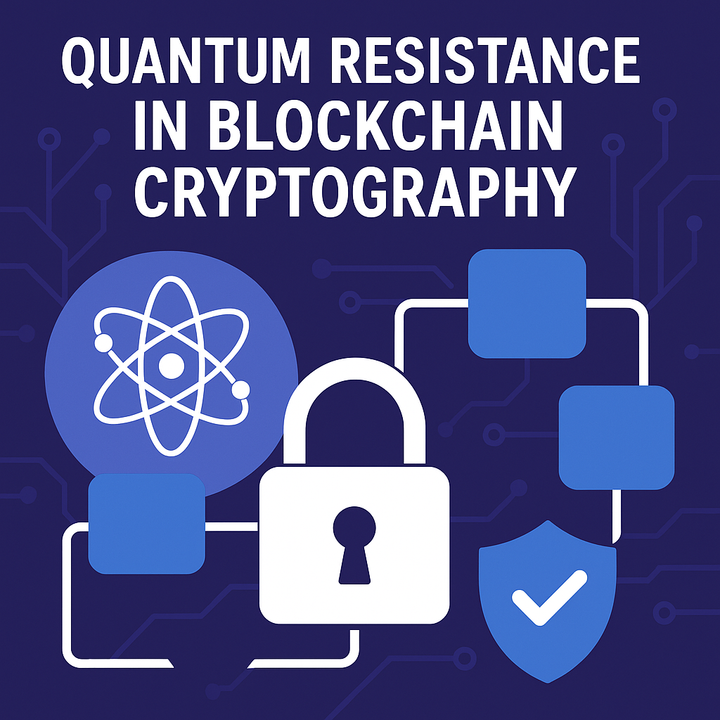Why Capital Efficiency is the Key to the Future of DeFi and How Mitosis Contributes

Introduction
Decentralized Finance (DeFi) has already transformed the cryptocurrency world, allowing users to perform financial operations such as borrowing, lending, staking, and trading without intermediaries. However, despite the rapid growth of the DeFi sector, a significant issue remains—inefficient capital utilization. Due to liquidity fragmentation, slow transaction speeds, and high costs, users often struggle to maximize the use of their assets.
Why is capital efficiency so crucial? It is one of the most important factors determining the sustainability of the DeFi ecosystem. Without efficient liquidity management, capital remains idle, creating obstacles to the industry's further development. This is why innovative solutions like Mitosis can play a crucial role in the future of DeFi. In this article, we will examine the main challenges related to capital efficiency and how Mitosis helps to overcome them.
The Problem of Inefficient Capital Utilization in DeFi

1. Liquidity Fragmentation Across Blockchains
Liquidity fragmentation is one of the most severe problems in DeFi. Today, the ecosystem consists of dozens of popular blockchains, such as Ethereum, Solana, BNB Chain, Arbitrum, Optimism, and Avalanche. Each of these has its own liquidity, which cannot easily flow between networks. As a result:
- Users are forced to use expensive and complex bridges. For instance, moving assets between Ethereum and Avalanche may require multiple transactions and substantial fees.
- Capital is locked across different networks. This reduces its efficiency and complicates interactions between DeFi protocols.
- Arbitrage becomes less profitable. Traders cannot instantly move assets to take advantage of price discrepancies, creating inefficiencies in the market.
- Liquidity accessibility decreases. This affects price stability and capital availability for traders and users.
2. Locked Capital in DeFi Protocols
Most DeFi protocols require users to lock assets to generate yield. This includes:
- Liquidity in DEXs (decentralized exchanges). Users deposit tokens into liquidity pools to earn fees but cannot use these funds elsewhere.
- Lending and borrowing. Deposits in platforms like Aave or Compound typically remain locked for extended periods.
- Staking. Locking assets to secure the network prevents them from being mobile.
- Over-collateralization mechanisms. Many protocols require excessive collateral for loans, leading to inefficient use of funds.
Locked capital means that users cannot leverage it for other opportunities, even when more profitable options arise. This also slows down the pace of innovation in DeFi, as liquidity remains static instead of being actively utilized.
3. High Transaction Costs and Processing Speed
Ethereum remains the dominant platform for DeFi, but high fees make many operations unprofitable. For example:
- Using bridges can cost $50–$100 for a single transaction.
- Executing a complex smart contract can cost hundreds of dollars.
- Layer 2 (L2) networks solve part of the problem, but liquidity remains scattered.
- Transaction confirmations can take minutes, reducing the efficiency of arbitrage operations and liquidity flows.
High transaction costs push users to seek alternatives, but most still face liquidity challenges.
How Mitosis Enhances Capital Efficiency in DeFi

Mitosis is designed to address these issues by creating a more efficient liquidity environment. Its key advantages include:
1. Optimizing Cross-Chain Liquidity
Instead of relying on complex bridges, Mitosis enables liquidity to move seamlessly between blockchains. This:
- Reduces costs. Lower fees mean more opportunities for users.
- Minimizes risks. Bridges are among the most vulnerable points in DeFi, and Mitosis helps to avoid them.
- Enhances capital efficiency. Users can react faster to market opportunities.
2. Efficient Capital Utilization
Mitosis introduces innovative liquidity mechanisms that allow assets to work in multiple directions simultaneously. For example, a user can participate in liquidity farming while simultaneously using the same assets to generate income in other protocols.
3. Lower Transaction Costs
Saving on fees can have a significant market impact. Through intelligent liquidity management, Mitosis helps users minimize costs and increase the profitability of their operations.
4. Increasing Capital Turnover Speed
Mitosis facilitates greater asset flexibility, allowing capital to move faster across different DeFi protocols. This leads to:
- Higher liquidity yields. Capital does not remain idle but is actively utilized.
- Better risk distribution. Users can quickly respond to market changes.
- Greater price stability. Lower volatility due to improved liquidity management.
Conclusion

Capital efficiency is a key factor in the future development of DeFi. Inefficient asset utilization, liquidity fragmentation, and high transaction costs are hindering the industry's growth. However, innovative solutions like Mitosis offer an alternative that allows users to leverage their assets more productively.
Mitosis opens new opportunities for DeFi protocols, traders, liquidity providers, and developers. By utilizing its solutions, capital in DeFi can become more mobile, accessible, and efficient.
In the article I used artwork made by: tutubears and Gummy0702
My Twitter account is https://x.com/Glodin9



Comments ()